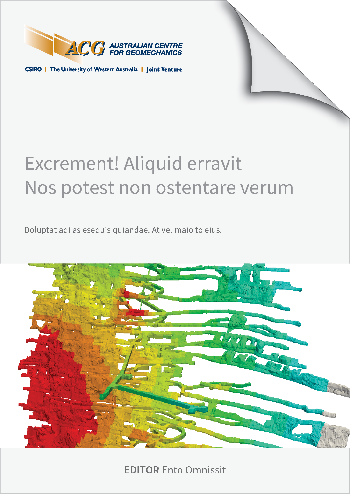Subika underground production drilling evolution

|
Authors: Kwaku Yeboah, E; Kwame Obeng Berko, E; Baidoo, I |
DOI https://doi.org/10.36487/ACG_repo/2435_E-08
Cite As:
Kwaku Yeboah, E, Kwame Obeng Berko, E & Baidoo, I 2024, 'Subika underground production drilling evolution', in Daniel Johansson & Håkan Schunnesson (eds), MassMin 2024: Proceedings of the International Conference & Exhibition on Mass Mining, Luleå University of Technology, Luleå, pp. 774-788, https://doi.org/10.36487/ACG_repo/2435_E-08
Abstract:
The Subika Underground Mine is part of Newmont Ghana Gold LTD’s (Newmont) Ahafo South operations located in Kenyasi within the Asutifi North District of the Bono Region of Ghana. The Subika (SUG) gold deposit is hosted within a very strong and brittle rock mass. The deposit is relatively tabular in nature, averaging approximately 40m in width, 600m along strike and is open at depth. Early underground mining was by Sublevel open stoping with pillars, transitioning to a sub-level shrinkage (SLS) mining method at depth. The first mining level was a 20m sublevel which was longitudinal determined by Geotechnical evaluation. All other levels are 25m sublevel with a transverse method setup. There are between 40 to 50 drawpoints on a level as well as hanging wall development. The draw points are interspaced 15m from the centres. Production starts from the centre of the orebody and rings fired with chevron 3 rings lead-lag approach. There were initial challenges where slots designed to the levels above could not breakthrough after firing. This left bridges, which had production impact due to slashing of rings, re-slotting etc. The mine has gone through several iterations of drill designs to optimize the slot area of the mine most especially, with minimum design changes at drawpoints. The paper seeks to highlight the change of mining method from long hole open stope to SLS, the chevron mining method approach used to optimize drawpoint availability, production challenges with the drawpoints and slots, and remediations of these challenges.
© Copyright 2025, Australian Centre for Geomechanics (ACG), The University of Western Australia. All rights reserved.
View copyright/legal information
Please direct any queries or error reports to repository-acg@uwa.edu.au
View copyright/legal information
Please direct any queries or error reports to repository-acg@uwa.edu.au